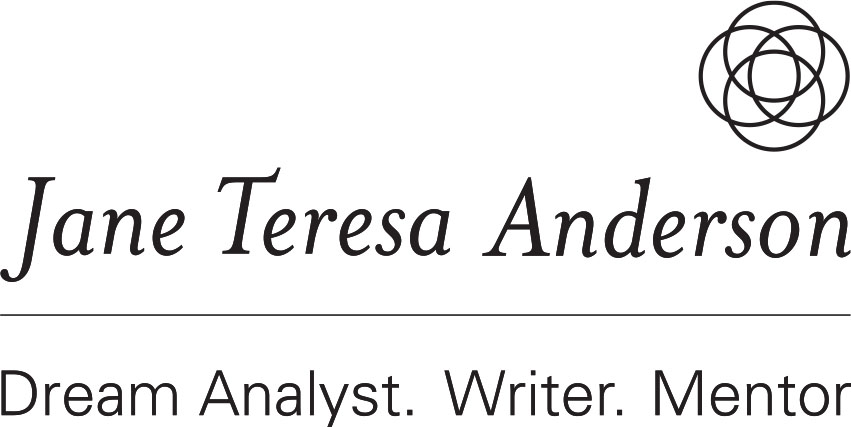A dog, Charlie, sees a meaty bone tantalisingly just out of reach, on the grass, on the other side of a high wire fence. The aroma twitches his nose, moistens his mouth, and fixes his eyes to the tasty prize.
The only problem is the fence between where he is now and where he wants to be. It’s too high to jump, too solid to squeeze through. What’s the solution?
Hours pass, and Charlie sits in his garden, totally focussed on the bone. You could say he spent the morning visualising gnawing the bone, imagining how it would taste, how happy he’d be. That’s true. But he was also focussed on that dratted fence, occasionally trying to burrow beneath it, lunge at it, poke his nose through it, each time feeling nothing but its unrelenting resistance barring his way to where he wanted to be.
What’s the tasty bone you’ve been visualising in your life recently? What’s the fence? Have you been spending as much time and energy visualising the fence as visualising the bone? Which do you think will manifest, getting the bone or strengthening the resistance of the fence?
Does this little story resonate with your heart (does it feel right?), or do you find your head analysing the analogy, picking holes in it?
Legends, myths, fairy tales and parables are lovingly passed through generations because they offer insights and solutions from the safety zone of a fiction story.
Story does not judge the listener or reader or tell them what to do. If the listener or reader resonates with the story, inner shifts begin. If she doesn’t, it isn’t the right story for her current predicament.
An analogy works best if it’s not too close to home, or even not close to species. Think Disney, Pixar, movies featuring animals, fables. Why is this?
You’re not a dog. You probably gag at the thought of eating a raw bone. Yet maybe you resonated at some level with my simple little story about Charlie.
In fact, the story may have a deeper impact on you than a realistic story featuring someone like you in your exact predicament. The more the details resemble your life, the harder it is for you to see solutions because you start to lock into the way you see your life, with all your familiar fences, obstacles and problems included. Your blind spots engage. Comfort zone prevails. But when the story takes you away from the life you know and gets you to look through the eyes of, say, a dog, you are suspended from your attachment to your own situation for long enough to see new possibilities.
I might have told a different Charlie analogy. How about the one where Charlie focuses so intently on the fence that he realises it is nothing but a myriad atoms floating in space, giving the impression of solidity, so he just walks through it?
Or how about the one where Charlie’s frustration with the fence makes him bark louder than ever before so that a passing stranger hears his cry for help and tosses him the bone?
Analogies are full of holes. Tiny atoms of storytelling breath suspended in voids big enough to step through. But isn’t that the point? Aren’t analogies simply vehicles to transport you to the next … ah, anyone spot an analogy coming?
Dreams can be seen as analogies. Dreams reflect the last 24-48 hours of your conscious and unconscious experiences, compare these to your past experiences, update your personal worldview, and project forward, based on this blueprint of your expectations. The resulting dream, encompassing all this stuff, is mostly a production of your creative right brain. Left brain logic doesn’t get a look in. Approach a dream as an analogy of your current mindset, and you’re well on the way to accurate interpretation.
For example, you dream of being lost, unable to find your way: where, in the last two days, did you feel lost at some level, emotionally, intellectually, spiritually? Or you dream of being bogged down in mud: where, in the last two days, did you feel, at some level, bogged down? Or you dream of seeing a tasty reward, out of reach on the other side of a tall fence: where, in the last two days, did you feel blocked from attaining something rewarding?
When you interpret a dream, identifying the analogy is a good starting point. It helps you to relate your dream to the waking life situation it applies to.
Then you can bring in all the interpretation tools you’ve learned from me along the way (through my articles, books, podcasts and so on) to interpret the details, uncover how your mindset is affecting your life experience, and flesh out (oh, that bone again) personal meaning.
Just as analogies can be full of holes, dreams – being analogies – can reveal the holes in the way you look at your life. And just as analogies can inspire insights and solutions to problems, dreams – being analogies – can do this too.
And just as the best legends, myths, fairy tales and Disney productions are analogies whipped up into spellbinding stories, you can whip your dreams up into spellbinding dream alchemy practices. Simply write an inspirational dream as a children’s story, or rewrite a dream that reveals a personal limitation as a children’s story with a happy ending.
If you resonated with Charlie, spin some magic right now by writing a one page children’s story about how Charlie finally got his bone. The magic will filter through to your situation.

